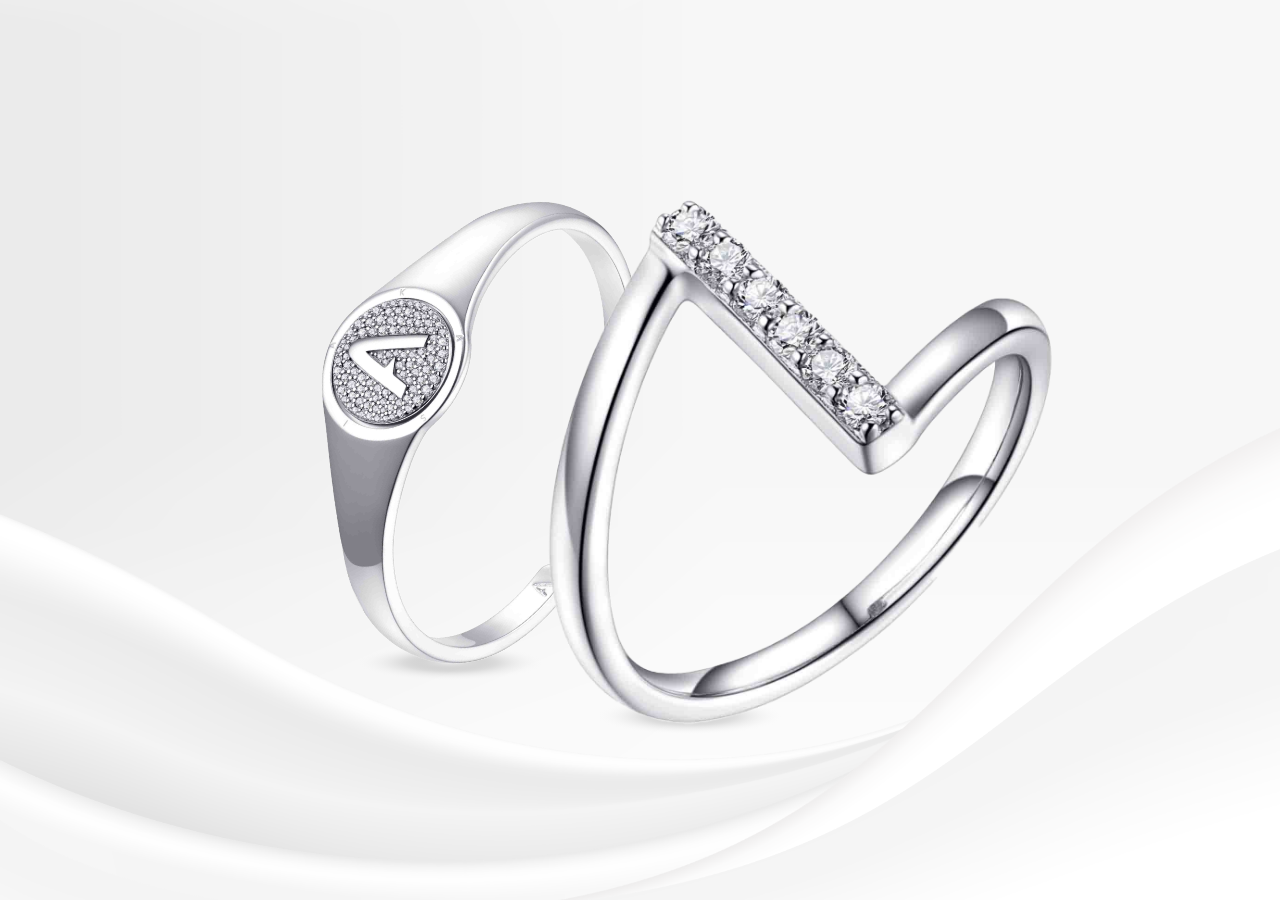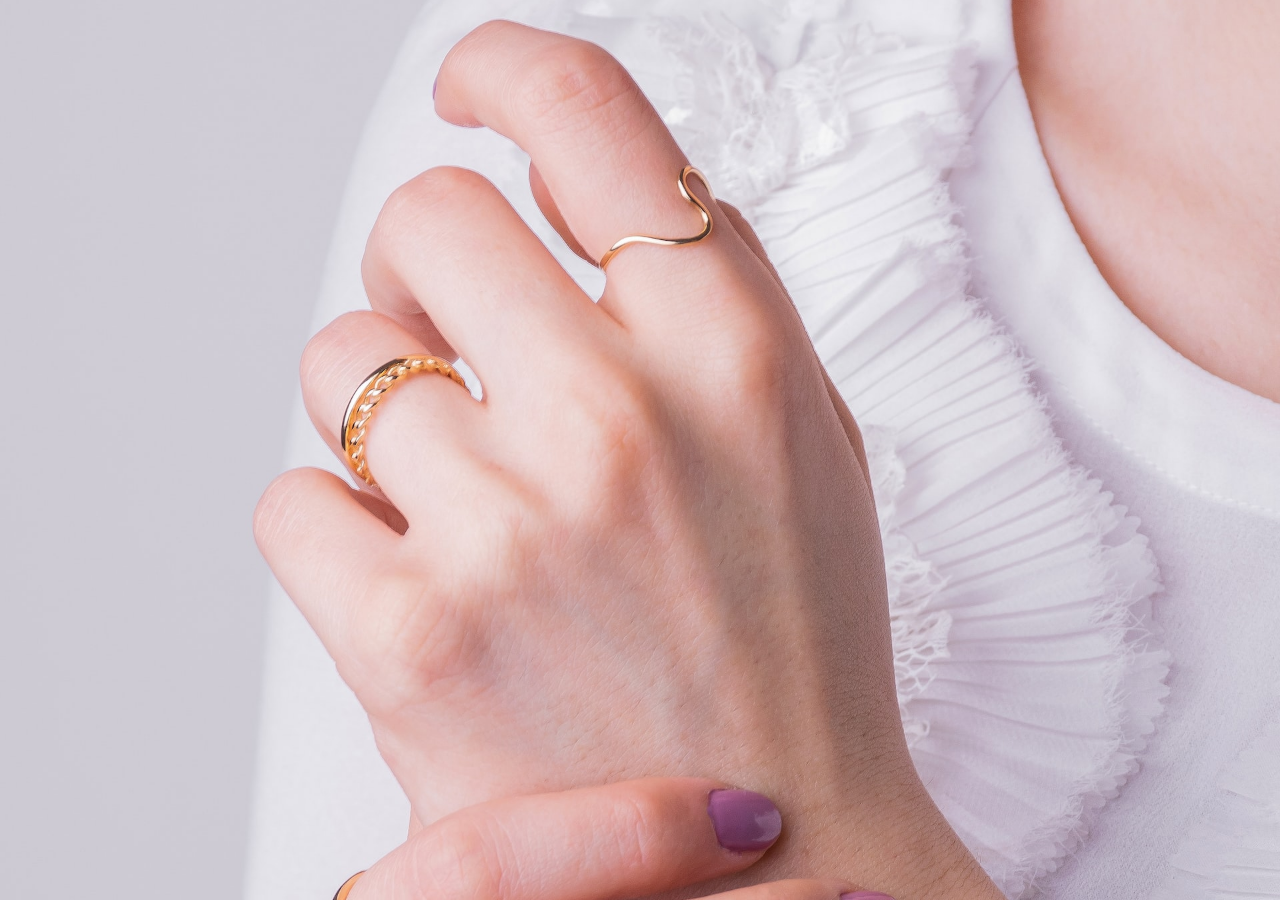Since gold plating is a layer of real gold applied to silver, it can’t last forever. There are many factors that determine the durability, including, but not limited to: the plating process,the environmental conditions and most importantly; the wear and care of the user.
First of all, let’s start with the base: Silver. A main characteristic of silver is that it tarnishes, a process that is accelerated by exposure to heat, oxygen and light. The gold plating itself cannot stop this process, let alone that the gold layer itself could also tarnish, especially rose gold plating.
To stop the silver from oxidizing, a layer of palladium or other white metal with the characteristic of stopping the oxidation should be applied. The preferred metals are palladium or platinum, both very expensive metals, which would of course be reflected in the gold plating costs. Be aware that nickel also serves this purpose in a perfect manner at a fraction of the cost, however due the known disadvantages in terms of health risks and regulations, this is an absolute no-go.
Next is the gold plating itself. Gold plating is usually applied using electroplating. Without getting into too much details, the pieces are hung on a reck which will be dipped in a gold plating solution which is activated by electricity. Both the current and the time determine the thickness of the layer.
Thickness is usually measured in microns, a term many people are familiar with, however not everyone knows what it actually stands for, 1 micron equals 0.001MM or 0.0003937 inch, and that is substantially thinner than a human hair.
Having said that, the cost for even 1 micron of gold can easily exceed the value of the silver used in a piece of jewelry and therefore many suppliers are only applying a so called flash layer of gold, which is generally between 0.03-0.10 micron. From the surface the piece can look as stunning as a real gold piece, but it won’t last for long.
Vermeil has recently won in popularity, depending on the jurisdiction, it means that there is at least a 2.5-5 micron layer of gold plating on a silver base, it is usually considered the safest option, however it is also possible to increase the longevity of a generally thinner gold plating by applying a transparent organic layer on top of the gold plating.
The last, but most importantly is wear and care of the user. Since in all cases the plating is just a layer applied to a silver base there is always a risk of the gold wearing off or scratching off. Therefore, as a manufacturer, we can guarantee a certain thickness, however it does not automatically translate to a certain durability in terms of lifetime.
Since the price of gold is universal, thicker plating equals higher costs. At Akasia we accommodate almost all options, from flash plating to vermeil and from yellow to rose, in different color shades, all according to our customers requirements. We are always happy to discuss your plating requirements together with your budget and promises to your customers.

